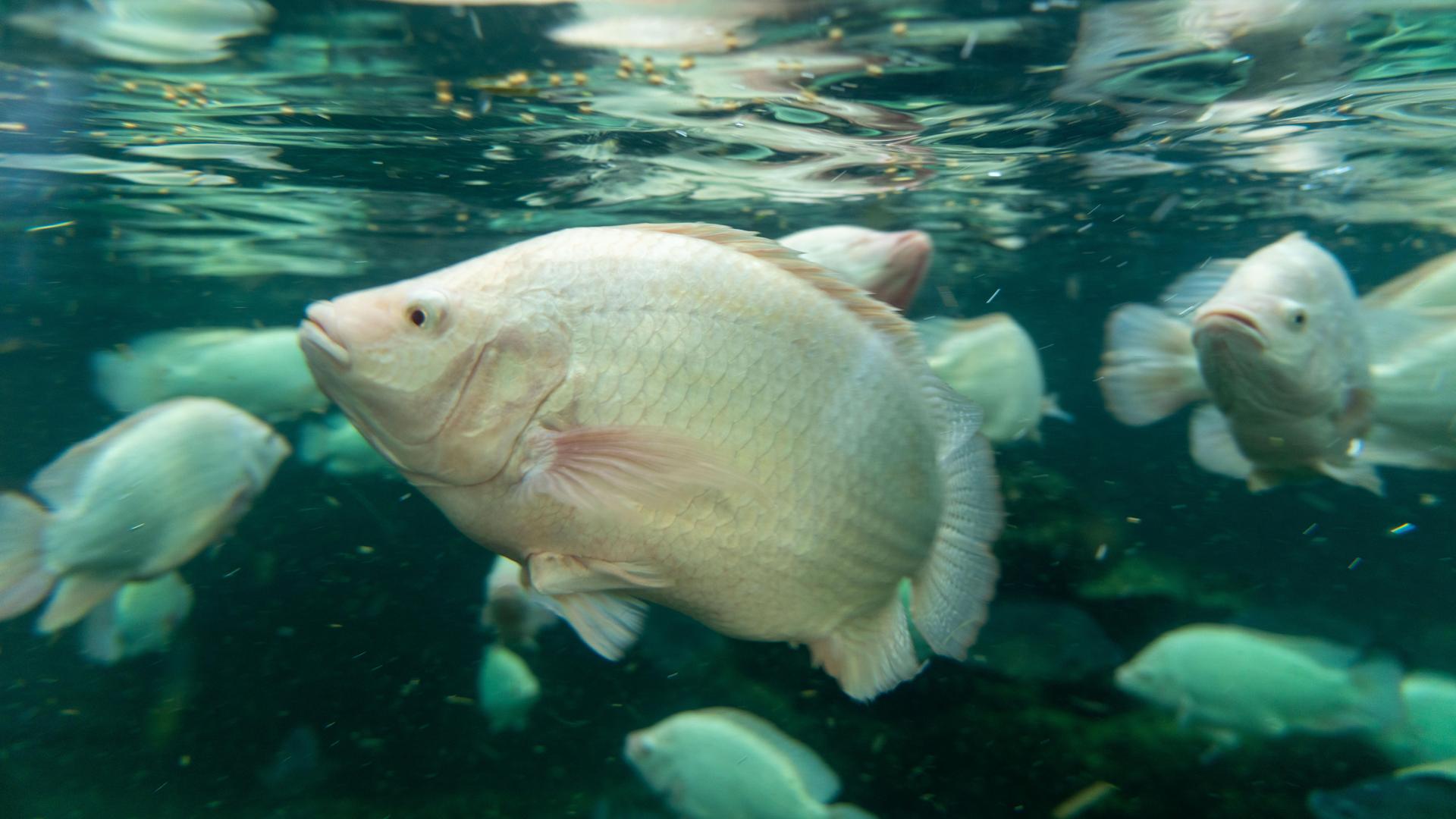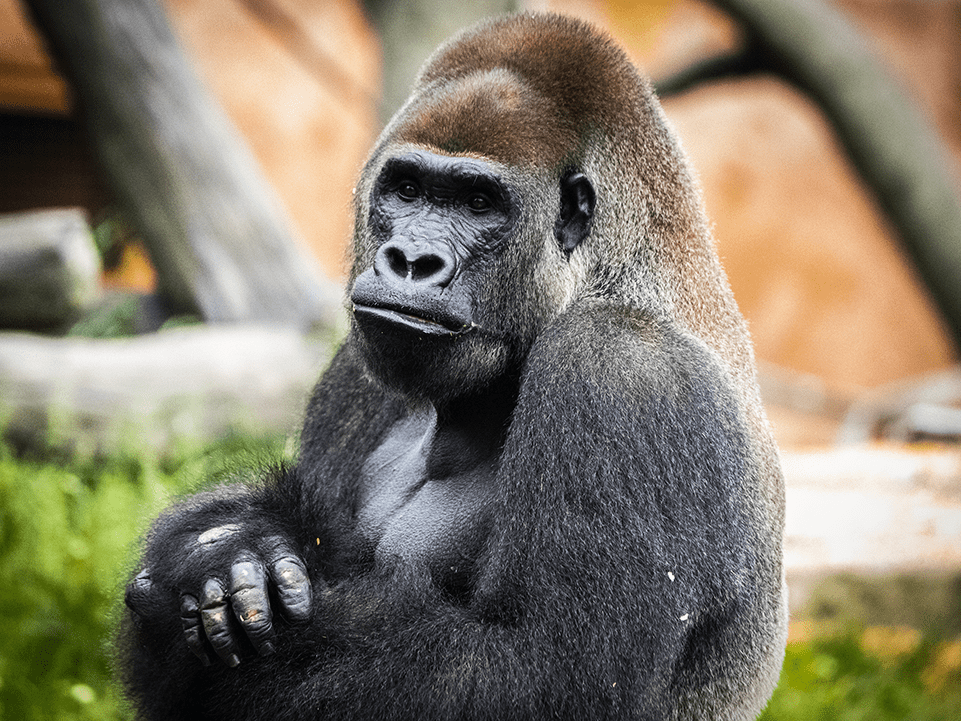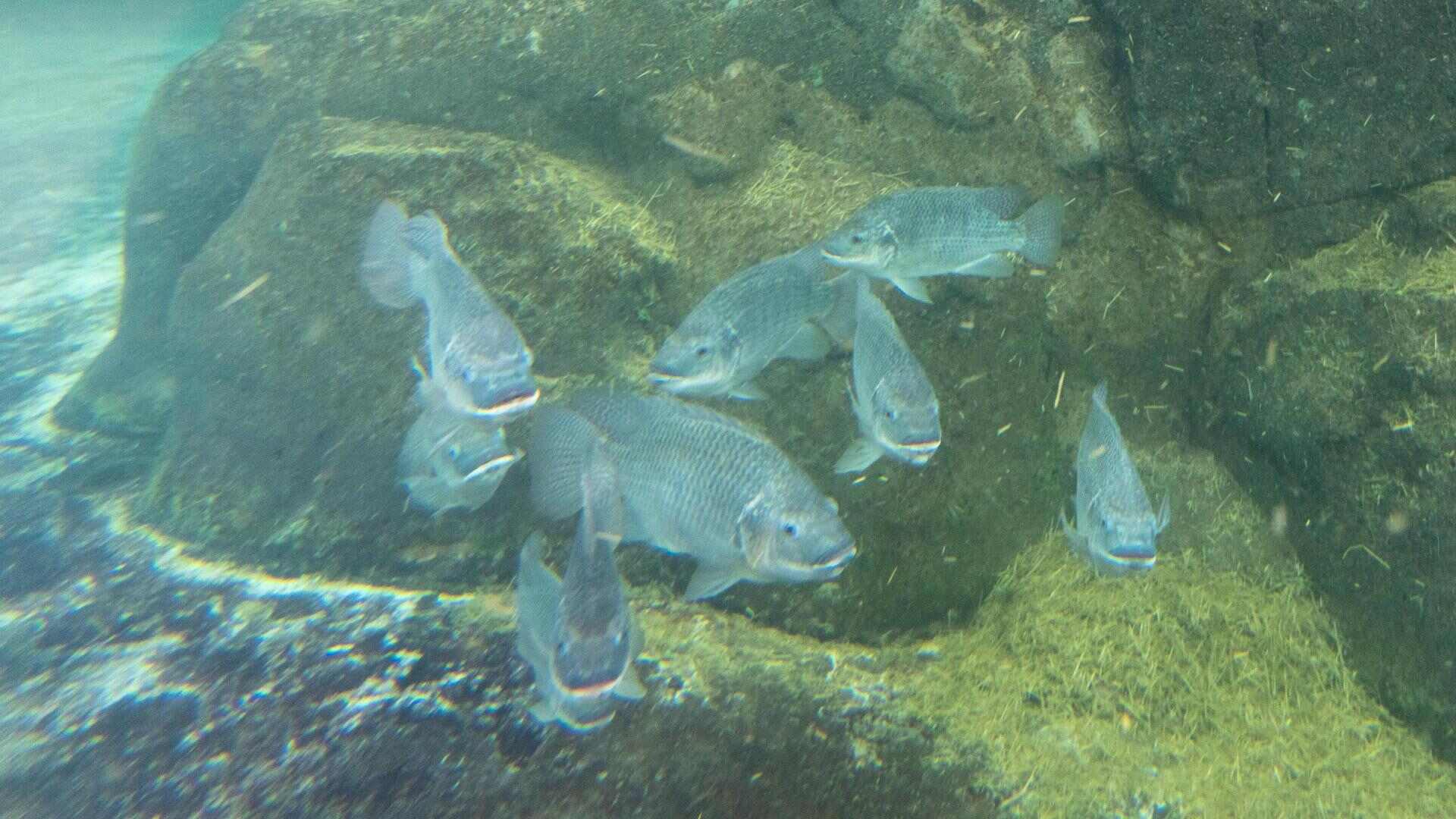
Blue Tilapia
A symbiotic relationship with giants
Tilapia have a symbiotic relationship with hippopotamuses, feeding on their waste and helping to keep shared waters clean. These fish make their homes in both fresh and brackish water, with a high tolerance for saltwater and even hypersaline conditions. As mouthbrooders, they incubate their young by holding the eggs in their mouths.
- IUCN Red List Status: Least Concern (at relatively low risk of extinction)
- Type: Fish
- Habitat: Fresh and brackish water of northern and western Africa and the Middle East
- Diet: Omnivore – detritus, zooplankton, and small invertebrates
- Size: 12 to 19.6 centimetres long
- Weight: 2.3 to 2.7 kilograms
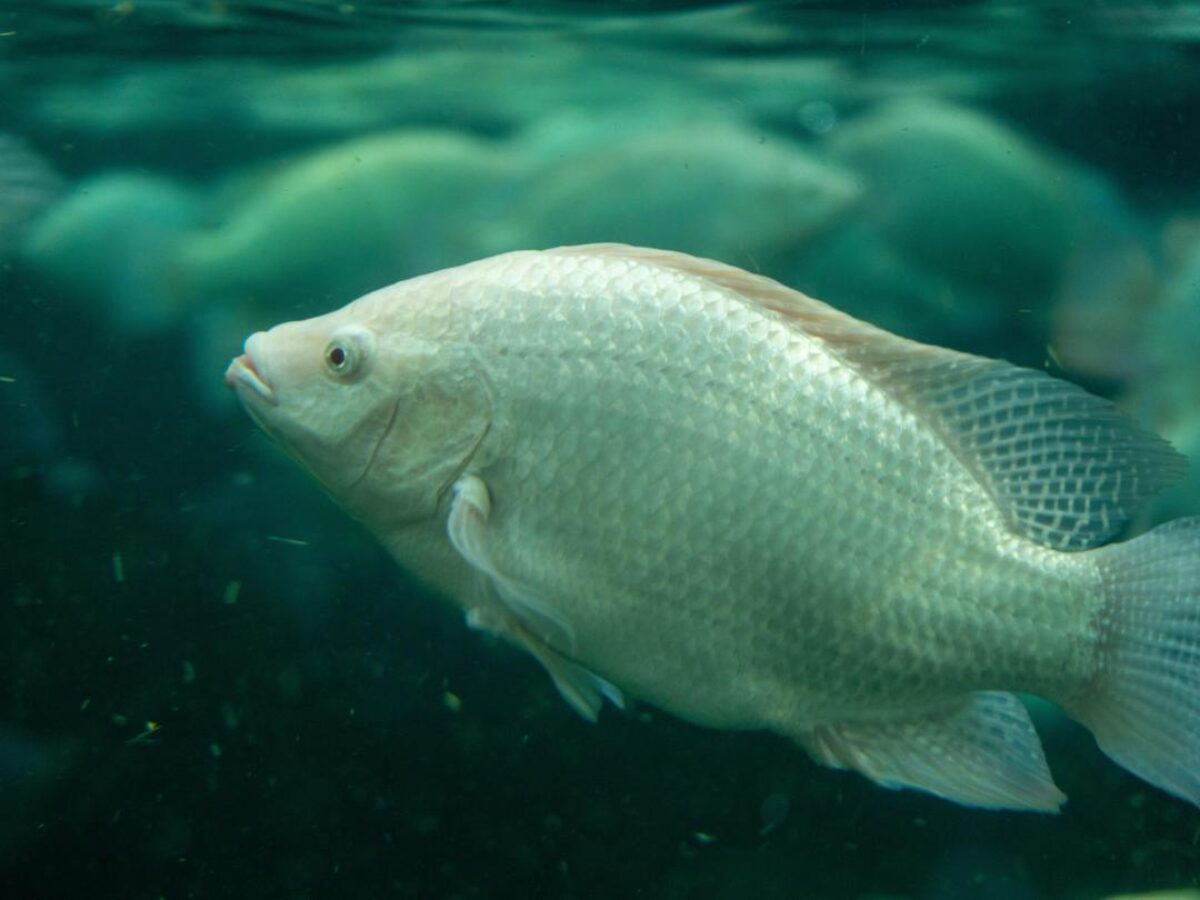
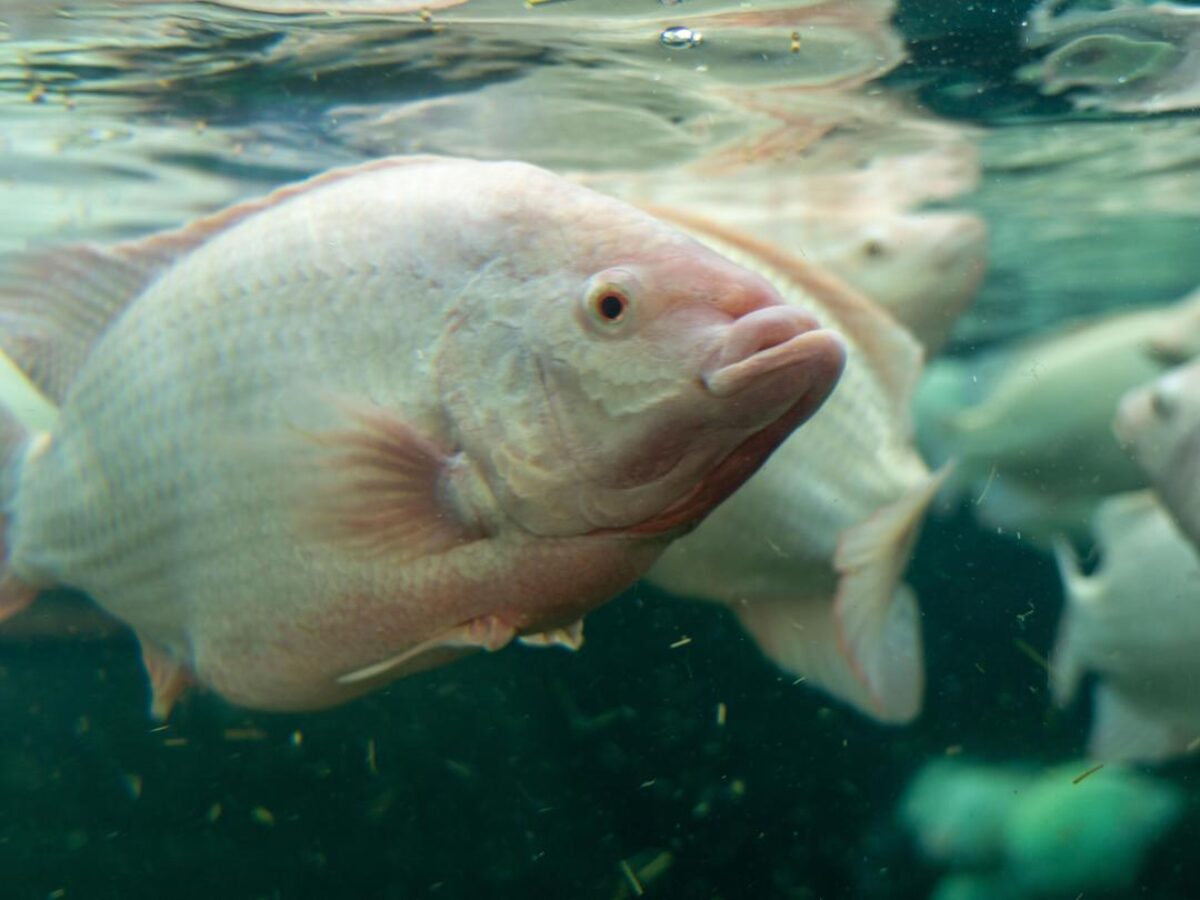
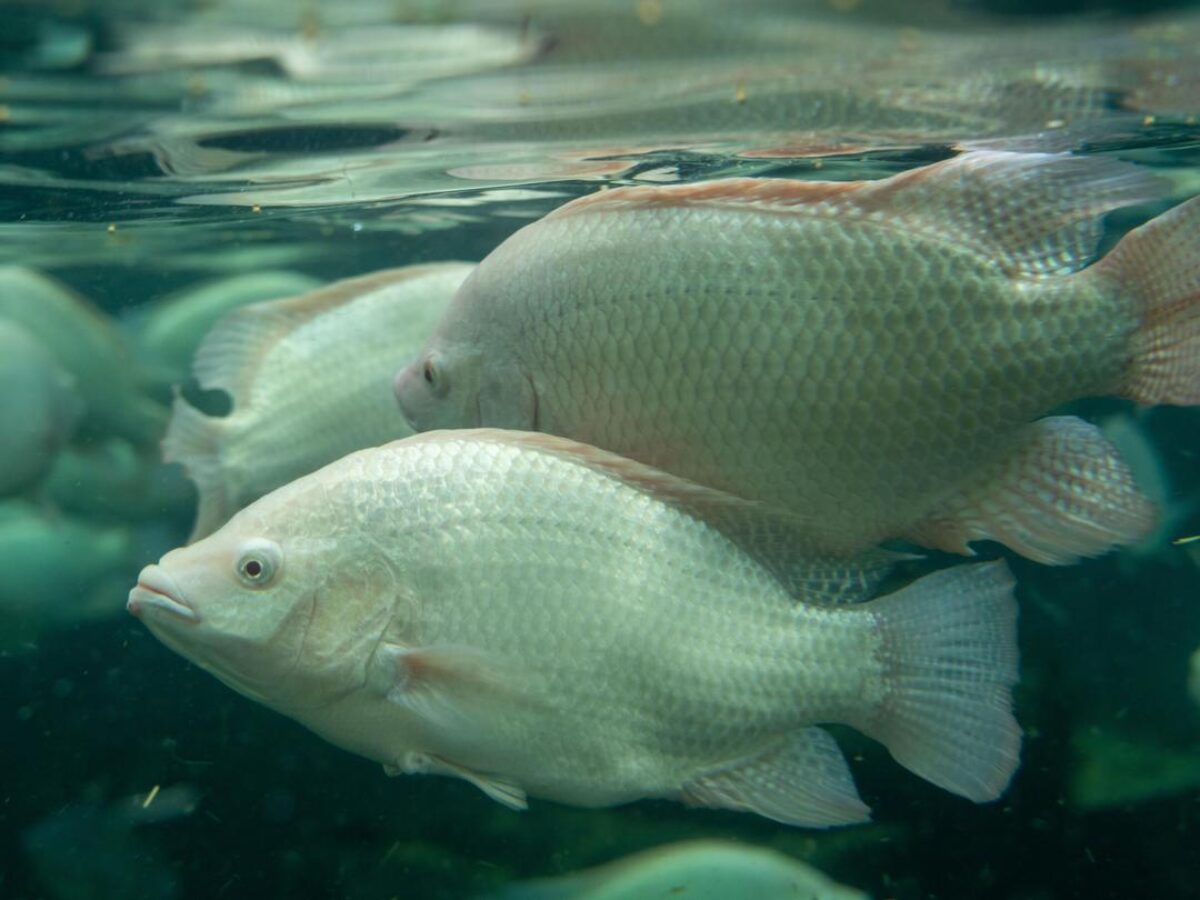
facts about our animals
Fun Facts about Blue Tilapia
Their broods can range from 160 to 1600 eggs.
Tilapia are cichlids and belong to the Cichlidae family.
This species is mainly gray, with blue shading on their bellies and heads.
Their dorsal and caudal fins have red or pink borders.
They are cold tolerant in waters between eight and 30 degrees Celsius.
After spawning is complete, females retreat with eggs to deeper water.

Donate
How you can help
Your donation makes a world of difference. With support for animal care, conservation programs, and education, you’re making the world wilder.
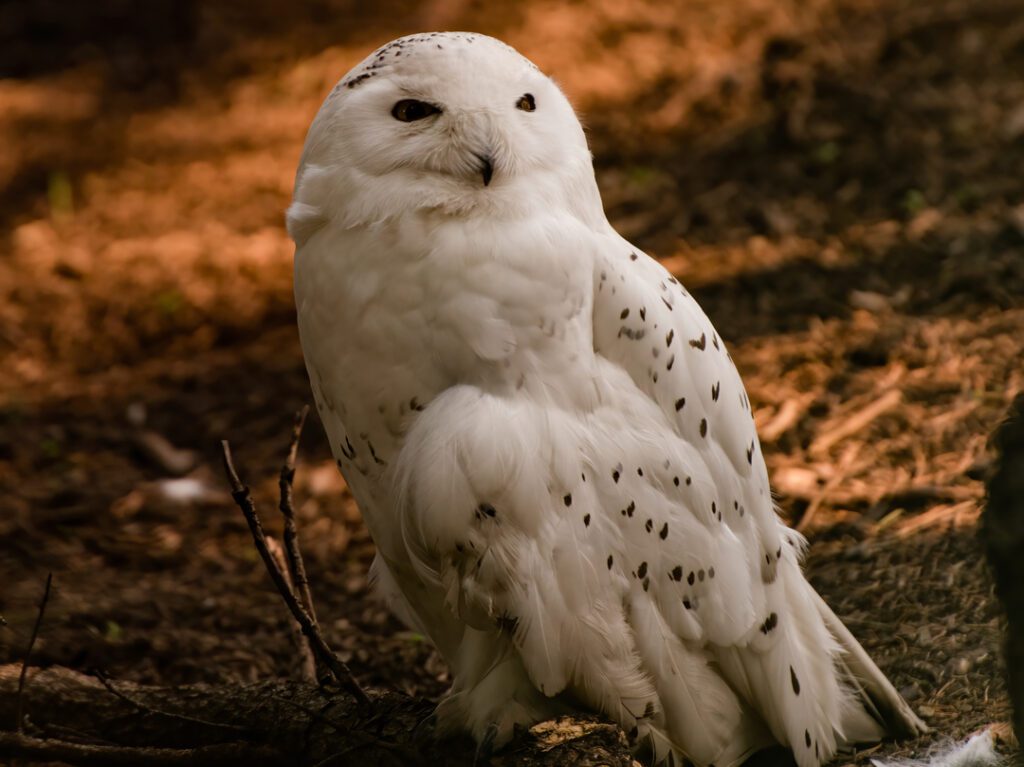
Plan Your Visit
Get close to wildlife
It’s time to make some memories. Here’s everything you need to know to plan an unforgettable day at the zoo.

